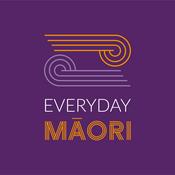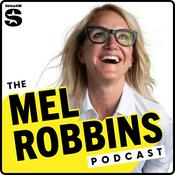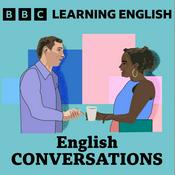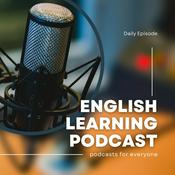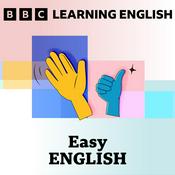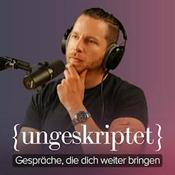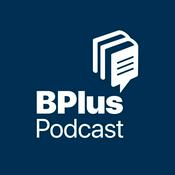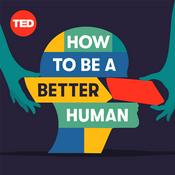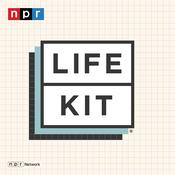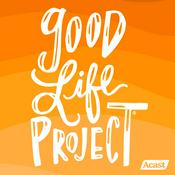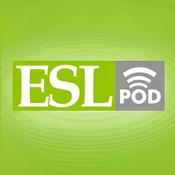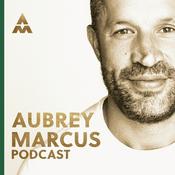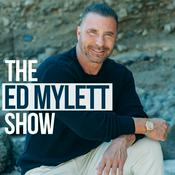20 episodes

OET Listening Part A. Season 2 Episode 10.
20/12/2025 | 9 mins.
Boost your OET Listening Part A skills with this engaging episode of The OET Podcast, designed to prepare you for the Occupational English Test. Immerse yourself in a realistic consultation where an adult patient discusses a persistent, itchy skin rash on their thighs, waist, and beyond, suspected to be folliculitis. This episode mirrors the official OET Listening Part A format, helping you:Hone your ability to capture critical clinical details from patient dialoguesPractise precise note-taking for accurate consultation recordsRecognise emotional undertones and patient concerns in clinical settingsPerfect for OET candidates, healthcare professionals, and Medical English learners, this practice enhances your confidence and accuracy. For additional OET Listening and Speaking exercises, mock tests, and Medical English resources, visit AustraliaBioMed.com/Medical-English-Collection and explore the Medical English Collection.Keywords: OET Listening Part A, OET practice, Medical English, folliculitis, skin rash consultation, OET preparation, healthcare English, clinical note-taking, OET podcast, Medical English learningDisclaimer: This podcast is for educational purposes only and does not constitute medical advice. Consult a qualified healthcare professional for medical concerns. The content simulates the OET Listening Part A format and is not affiliated with the official OET organisation.

OET Listening Part A. Season 2 Episode 9.
13/12/2025 | 12 mins.
Enhance your OET Listening Part A skills with this episode of The OET Podcast, tailored for Occupational English Test success. Immerse yourself in a realistic consultation between a GP and a 46-year-old patient experiencing progressive memory issues, including forgetting appointments and daily tasks, amid concerns of amnesia or dementia. This episode closely follows the official OET Listening Part A structure, aiding you in:Extracting essential medical details from authentic patient dialoguesRefining note-taking accuracy for consultation recordsDetecting emotional cues and implications in clinical discussionsSuited for OET candidates, healthcare professionals, and Medical English enthusiasts, this practice boosts precision and confidence. Discover more OET Listening and Speaking exercises, mock tests, and study resources at AustraliaBioMed.com/Medical-English-Collection. in the Medical English Collection.Keywords: OET Listening Part A, OET practice, Medical English, adult health consultation, amnesia, memory loss, OET preparation, healthcare English, clinical note-taking, OET podcast, Medical English learningDisclaimer: This podcast is for educational purposes only and does not constitute medical advice. Consult a qualified healthcare professional for medical concerns. The content simulates the OET Listening Part A format and is not affiliated with the official OET organisation.

OET Listening Part B. Season 2 Episode 8
06/12/2025 | 15 mins.
Elevate your OET Listening Part B skills with this dynamic episode of The OET Podcast, crafted to prepare you for the Occupational English Test. Dive into six diverse workplace extracts spanning dietetics, medical handovers, nursing protocols, pharmacy training, public health announcements, and a GP consultation on anxiety. Designed to mirror the official OET Listening Part B, this episode challenges you to:Identify the speaker’s main intention and key message in varied healthcare contextsEnhance your active listening for tone, purpose, and implied meaningPractise selecting the correct answer from multiple-choice optionsIdeal for OET candidates, healthcare professionals, and Medical English learners, this practice set builds confidence and precision in real-world clinical scenarios. Access more OET Listening and Speaking exercises, mock tests, and Medical English resources at AustraliaBioMed.com/Medical-English-Collection. Keywords: OET Listening Part B, OET practice, Medical English, healthcare workplace extracts, active listening, OET preparation, clinical communication, OET podcast, Medical English learning, multiple-choice practiceDisclaimer: This podcast is for educational purposes only and does not constitute medical advice. Consult a qualified healthcare professional for medical concerns. The content simulates the OET Listening Part B format and is not affiliated with the official OET organisation.

OET Listening Part A. Season 2 Episode 7
29/11/2025 | 10 mins.
Dive into this episode of The OET Podcast for targeted OET Listening Part A practice, crafted to enhance your skills for the Occupational English Test. Experience a realistic paediatric consultation where a concerned mother discusses her seven-year-old son’s eye injury caused by a stick while playing. This episode replicates the format and pacing of the official OET Listening Part A, helping you:Master extracting critical clinical details from natural dialoguePractise precise note-taking for consultation notesIdentify tone, emotion, and subtle implications in patient interactionsIdeal for OET candidates, healthcare professionals, and Medical English learners, this episode builds confidence in handling clinical scenarios. For more OET practice materials, mock tests, and Medical English resources, visit AustraliaBioMed.com/Medical-English-Collection.Keywords: OET Listening Part A, OET practice, Medical English, paediatric consultation, eye injury, OET preparation, healthcare English, clinical note-taking, OET podcast, Medical English learningDisclaimer: This podcast is for educational purposes only and does not constitute medical advice. Consult a qualified healthcare professional for medical concerns. The content simulates the OET Listening Part A format and is not affiliated with the official OET organisation.

OET Listening Part C. Season 2 Episode 6
22/11/2025 | 15 mins.
In this episode of The OET Podcast, you’ll practise OET Listening Part C — the section that tests your ability to understand academic talks and professional presentations in healthcare.You’ll hear two authentic research summaries delivered by medical specialists:1️⃣ Dr Anita Verma – Long-Term Effects of a Low-Carbohydrate Mediterranean Diet in Type 2 Diabetes Management2️⃣ Dr Daniel Cooper – Enhancing Post-Stroke Rehabilitation Through Virtual Reality TherapyEach presentation is followed by six multiple-choice questions that assess your understanding of the speaker’s tone, attitude, and overall message, not just the facts. You’ll also hear a guided review to help you focus on how ideas are developed and interpreted — just like in the real OET exam.This episode helps you build confidence in:Recognising key points in academic lecturesFollowing arguments, results, and interpretationsUnderstanding implicit meaning and tone in professional communicationIdeal for OET candidates, healthcare professionals, and Medical English learners aiming to strengthen advanced listening and comprehension skills.For more OET practice sets, mock tests, and Medical English resources, visit AustraliaBioMed.com/Medical-English-Collection.⚠️ DisclaimerAll presentations and scenarios in this podcast are fictionalised for educational purposes. They are not intended as medical advice, clinical training, or professional guidance.Content is designed solely to support OET preparation and healthcare communication development. Always follow evidence-based guidelines and professional standards in real-world practice.
More Education podcasts
Trending Education podcasts
About The OET Podcast
Listen to The OET Podcast, Everyday Māori and many other podcasts from around the world with the radio.net app

Get the free radio.net app
- Stations and podcasts to bookmark
- Stream via Wi-Fi or Bluetooth
- Supports Carplay & Android Auto
- Many other app features
Get the free radio.net app
- Stations and podcasts to bookmark
- Stream via Wi-Fi or Bluetooth
- Supports Carplay & Android Auto
- Many other app features


The OET Podcast
download the app,
start listening.
